Evidence of Evolution Worksheet
Are you in search of an educational resource that will help your students understand the concept of evolution? Look no further! Introducing the Evidence of Evolution Worksheet, designed to engage and challenge students in exploring the fascinating world of how species change over time. This worksheet is specially tailored for biology teachers and their high school students, providing a comprehensive overview of the evidence that supports the theory of evolution.
Table of Images 👆
More Other Worksheets
Kindergarten Worksheet My RoomSpanish Verb Worksheets
Cooking Vocabulary Worksheet
DNA Code Worksheet
Meiosis Worksheet Answer Key
Art Handouts and Worksheets
7 Elements of Art Worksheets
All Amendment Worksheet
Symmetry Art Worksheets
Daily Meal Planning Worksheet
What is the evidence for fossil records?
Fossil records are evidence of past life on Earth. They provide direct physical evidence of organisms that lived in the past, capturing snapshots of ancient ecosystems and evolutionary pathways. Fossils are often found preserved in rocks, showing the morphology, distribution, and change of organisms over millions of years. By studying fossil records, scientists can reconstruct past environments, track the evolution of species, and gain insights into the history of life on Earth.
How does comparative anatomy provide evidence for evolution?
Comparative anatomy provides evidence for evolution by revealing similarities in the anatomical structures of different species, suggesting a common evolutionary ancestry. These similarities, such as homologous structures in different organisms that serve different functions but share a common origin, support the idea of descent with modification from a common ancestor. Additionally, vestigial structures, which are remnants of features that were functional in ancestors but are reduced or non-functional in descendants, also provide evidence for evolution by showing the presence of evolutionary history in current organisms.
What is the role of embryology in providing evidence for evolution?
Embryology is important in providing evidence for evolution as it demonstrates the similarities in early stages of development across different species. These similarities suggest a common ancestry and evolutionary relationships between organisms. By studying the embryonic development of various species, scientists can uncover evolutionary patterns and support the theory of evolution by showing how organisms have evolved and diversified over time. Additionally, embryology can help reveal the genetic and structural connections between different species, further reinforcing the idea of common descent and evolution.
How does biogeography support the theory of evolution?
Biogeography supports the theory of evolution by demonstrating patterns of species distribution and diversity that can be explained by evolutionary principles. The geographic distribution of species and the similarities between species in different regions provide evidence for their common ancestry and evolutionary relationships. For example, the presence of closely related species in geographically isolated areas, such as on different continents or islands, supports the idea of divergent evolution from a common ancestor. Additionally, the study of biogeography helps explain why certain species are found only in particular regions due to historical events such as continental drift, climate change, and dispersal.
What is the significance of homologous structures in evolution?
Homologous structures are important in evolution because they provide evidence of a common ancestor. These structures are similar in different species, suggesting that they have evolved from a shared ancestor. By studying homologous structures, scientists can trace the evolutionary relationships between different species and understand how they have evolved over time. This supports the theory of evolution and helps provide insights into the process of natural selection and adaptation.
How does the study of DNA and genetics provide evidence for evolution?
The study of DNA and genetics provides evidence for evolution by revealing similarities in the genetic codes of different species, showing how they are all descended from a common ancestor. By analyzing genetic mutations and variations, scientists can trace the evolutionary relationships between different species and understand how they have diverged over time. Additionally, the presence of "junk DNA" and vestigial structures in organisms can be explained by evolution, as they represent remnants of ancestral traits that have been passed down through generations. Overall, the study of DNA and genetics supports the theory of evolution by providing a molecular blueprint of how species have evolved and diversified over millions of years.
What is the significance of vestigial structures in evolution?
Vestigial structures are significant in evolution as they provide evidence of a common ancestry and show how organisms have evolved over time. These structures are remnants of ancestral features that no longer serve a purpose in the current form of the organism, indicating a change in function or adaptation to a new environment. By studying vestigial structures, scientists can gain insights into the evolutionary history of species and understand the mechanisms of natural selection and adaptation.
How does the fossil record provide evidence for transitional forms?
The fossil record provides evidence for transitional forms by showing a gradual change in characteristics between related groups of organisms over time, indicating evolutionary transitions. By studying fossils from different time periods, scientists can observe intermediate forms that have a mix of traits from ancestral and descendant species, filling in gaps between major evolutionary stages and providing a snapshot of evolutionary transitions in action.
What is the role of molecular biology in providing evidence for evolution?
Molecular biology plays a crucial role in providing evidence for evolution by studying the genetic material of organisms and comparing similarities and differences in their DNA sequences. By analyzing these molecular structures, scientists can uncover evolutionary relationships between different species, track their common ancestry, and support the theory of evolution. The study of genes, proteins, and genomes enables researchers to identify patterns of genetic variation and mutation across species, providing valuable insights into how organisms have evolved and adapted over time.
How does the observation of natural selection in action support the theory of evolution?
The observation of natural selection in action, where individuals with advantageous traits are more likely to survive and reproduce, supports the theory of evolution by showing how populations can change over time as a result of the differential survival and reproduction of individuals with beneficial traits. This process leads to the accumulation of genetic changes in a population, which ultimately results in the evolution of new species over generations.
Have something to share?
Who is Worksheeto?
At Worksheeto, we are committed to delivering an extensive and varied portfolio of superior quality worksheets, designed to address the educational demands of students, educators, and parents.





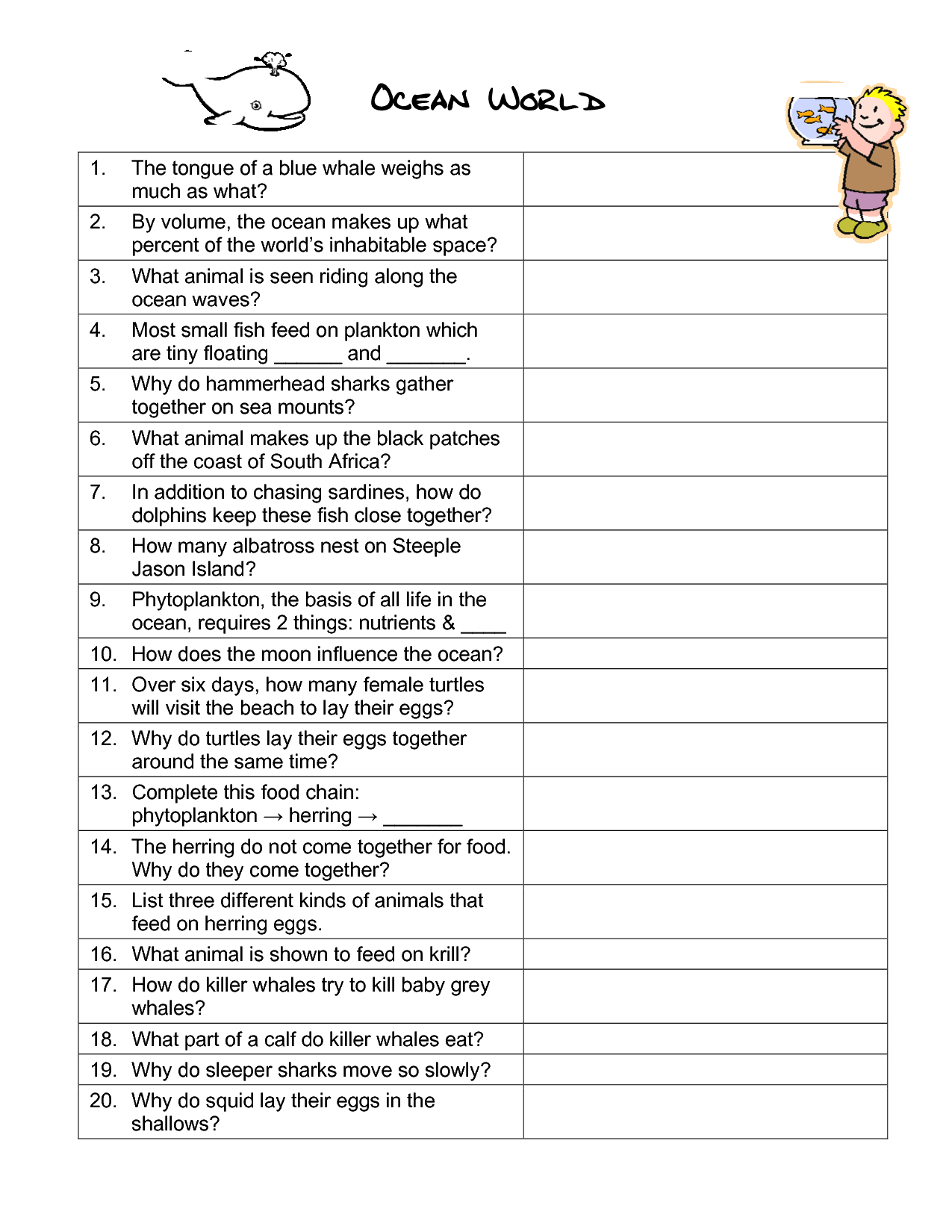

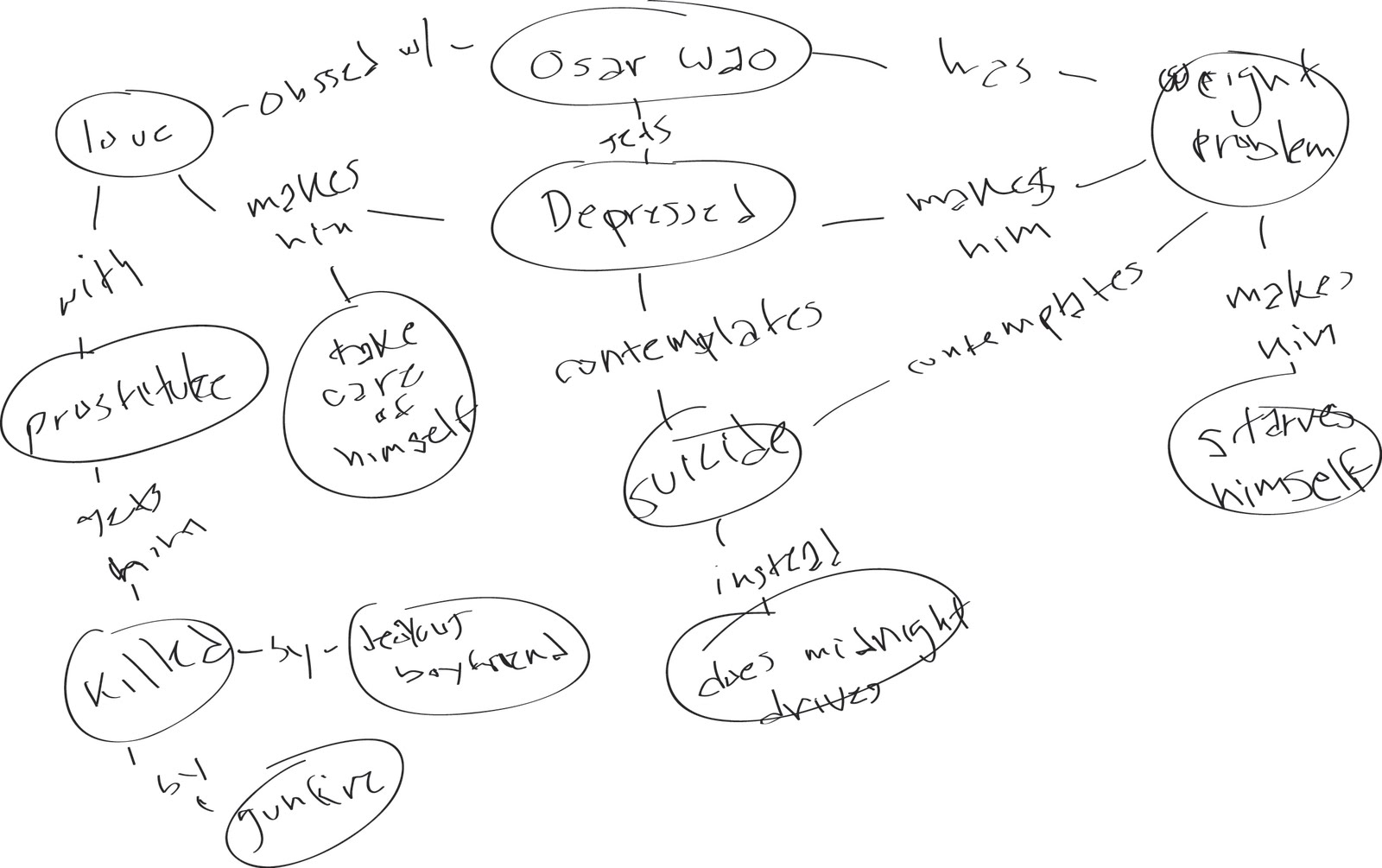

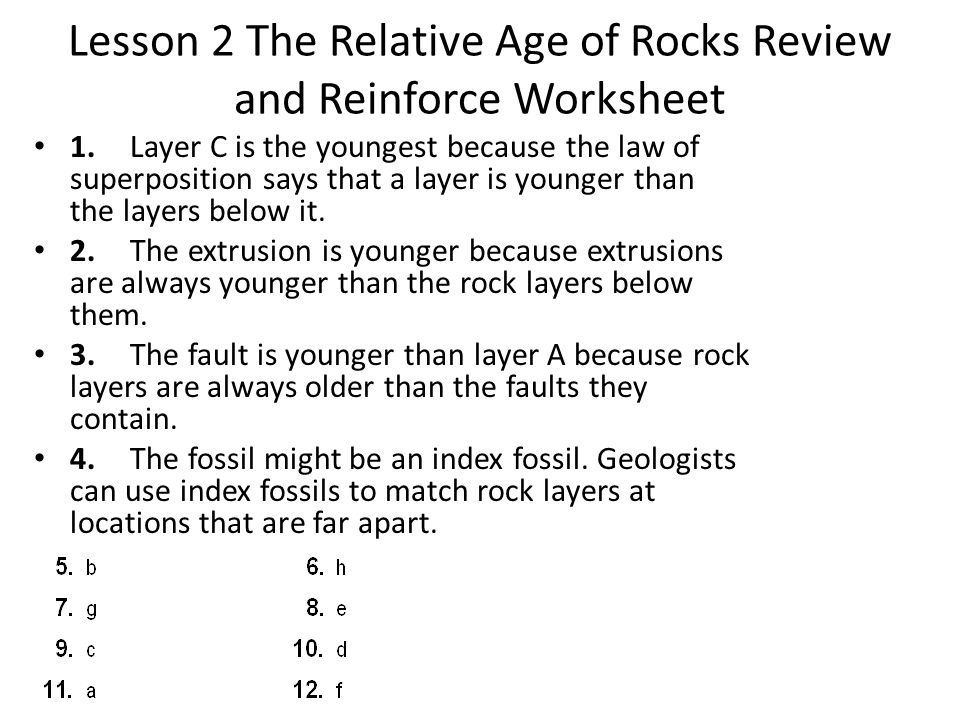
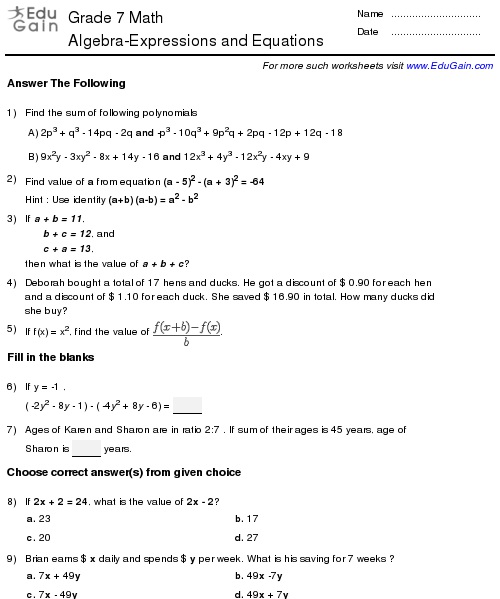
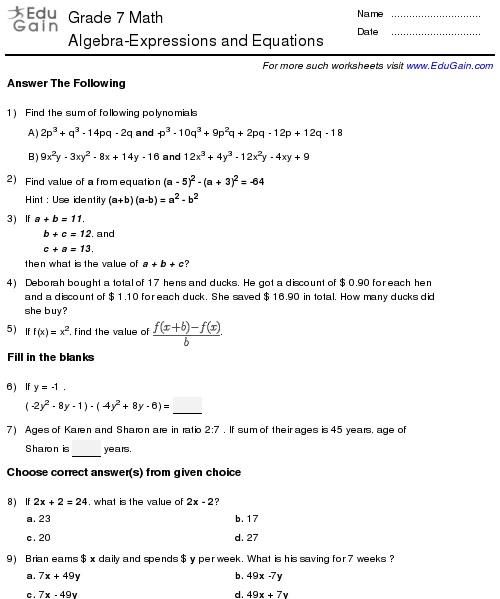
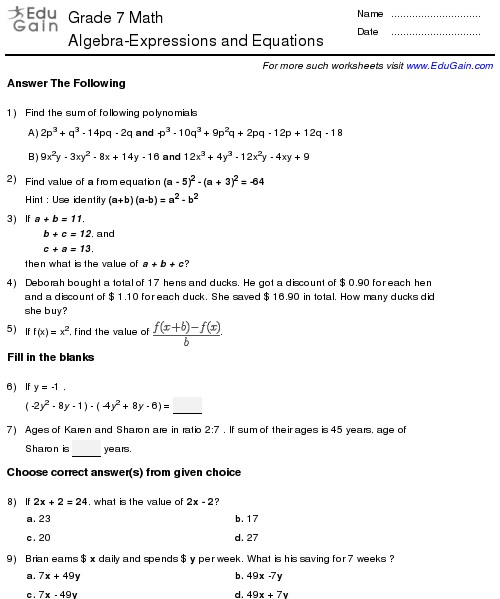














Comments